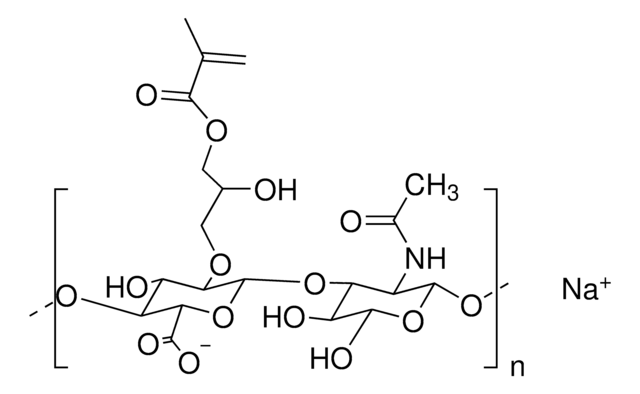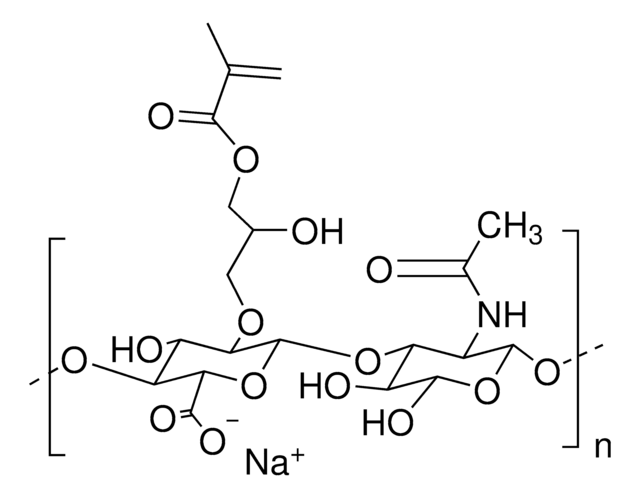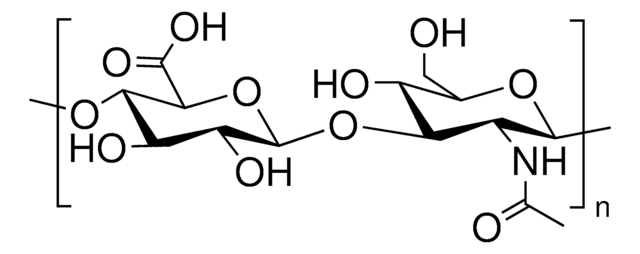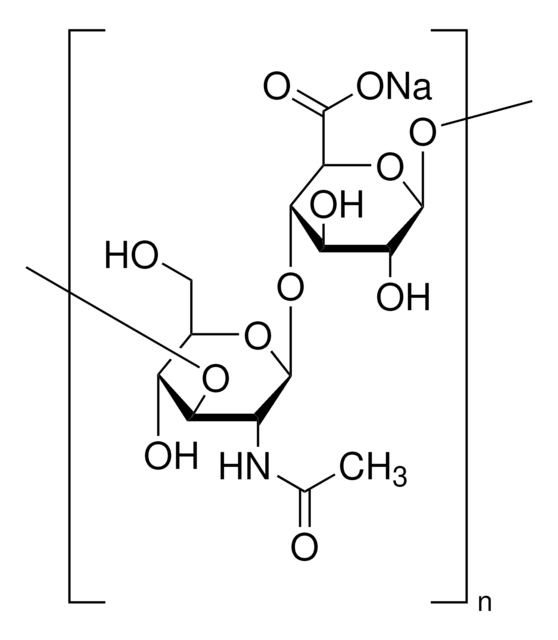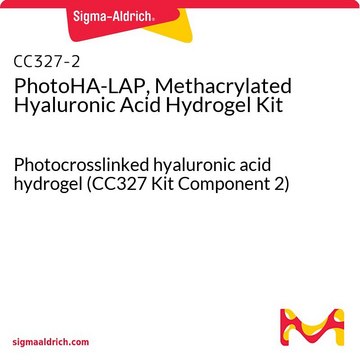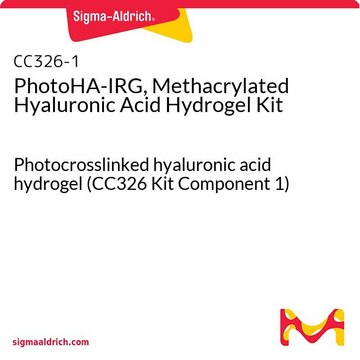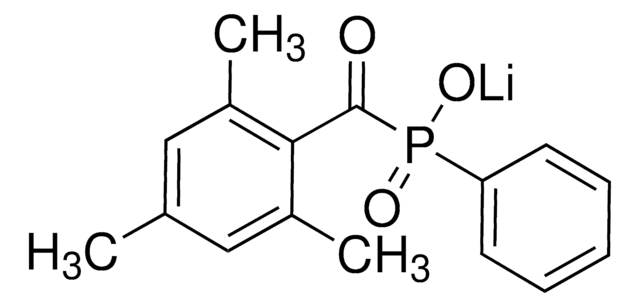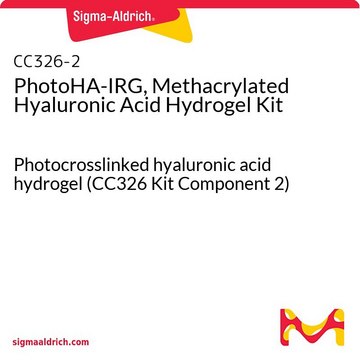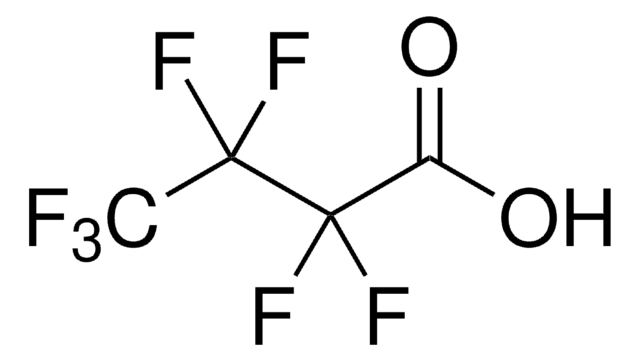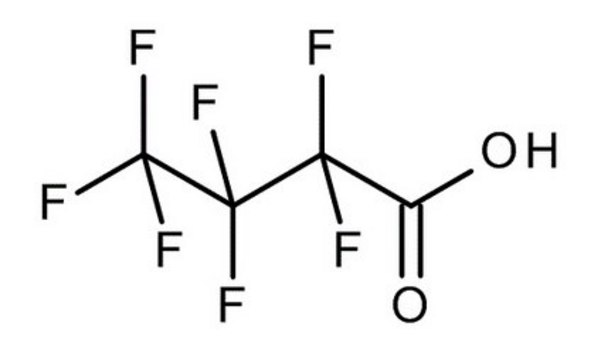推荐产品
质量水平
描述
NMR: Conforms to structure
表单
(powder or chunk(s) or fibers)
分子量
Mw 170,000-250,000
颜色
white to off-white
储存温度
2-8°C
1 of 4
此商品 | 77249 | 52411 | 843443 |
|---|---|---|---|
| Quality Level 200 | Quality Level 100 | Quality Level 100 | Quality Level 200 |
| refractive index n20/D 1.3 (lit.) | refractive index n20/D 1.3 (lit.) | refractive index n20/D 1.3 (lit.) | refractive index - |
| density 1.645 g/mL at 25 °C (lit.) | density 1.645 g/mL at 25 °C (lit.) | density 1.645 g/mL at 25 °C (lit.) | density 1.65 g/cm3 at 20 °C |
| bp 120 °C/755 mmHg (lit.) | bp 120 °C/755 mmHg (lit.) | bp 120 °C/755 mmHg (lit.) | bp 121 °C/1013 mbar |
| form liquid | form liquid | form liquid | form liquid |
应用
储存分类代码
11 - Combustible Solids
WGK
WGK 3
闪点(°F)
Not applicable
闪点(°C)
Not applicable
商品
Engineered ECMs enhance immune therapy in cancer treatment by supporting cells and tissues and modulating immune response. They improve immune cell maturation, expansion, and regulation through biomaterial manipulation, acting as frameworks or carriers for enhanced tumor immunotherapy.
我们的科学家团队拥有各种研究领域经验,包括生命科学、材料科学、化学合成、色谱、分析及许多其他领域.
联系客户支持